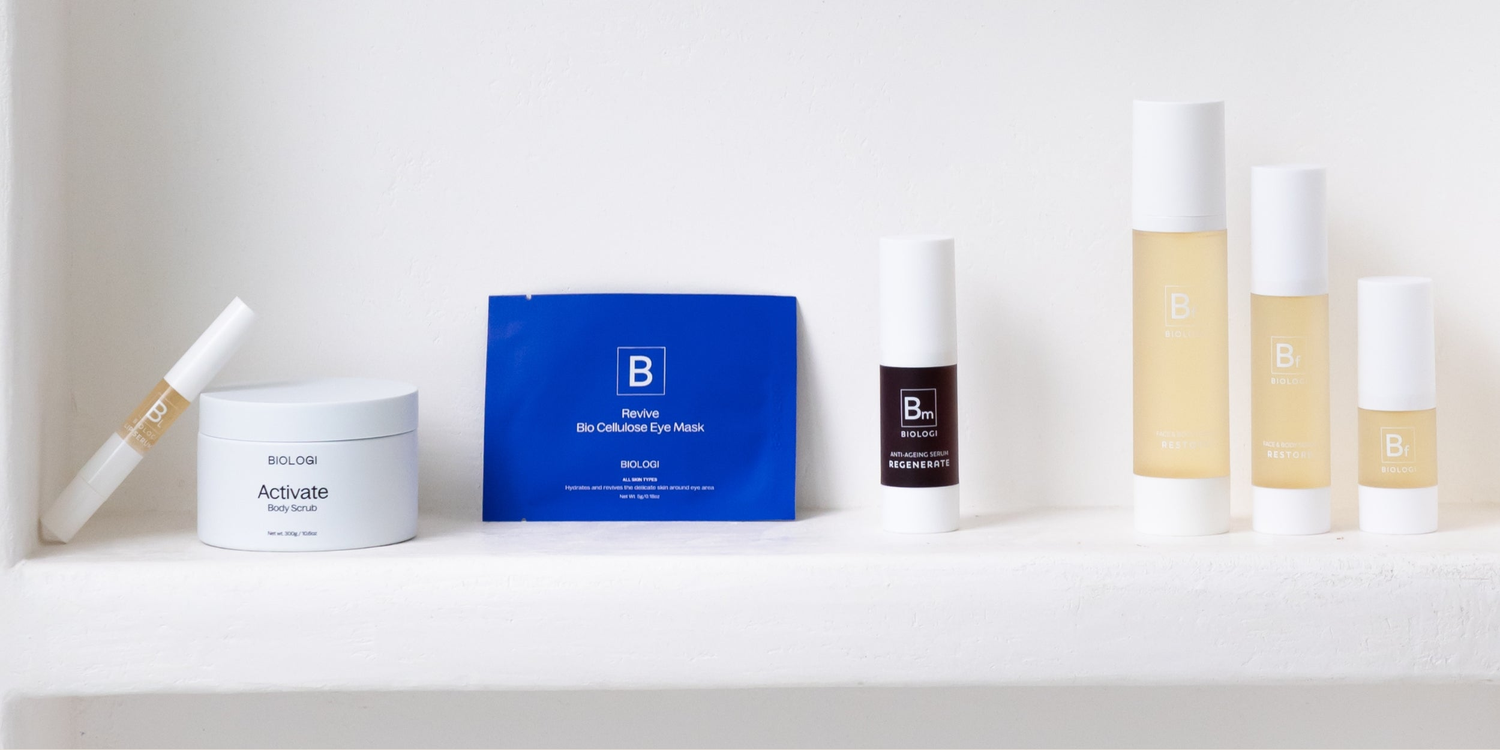Understanding Pigmentation
Pigmentation is one of the top searches on the net and when it comes to skin concerns of hyperpigmentation, post inflammatory pigmentation, melasma or hypopigmentation, the pigmentation pathway is a complicated process.
Pigmentation disorders occur when there is a change of melanin being produced within the skin. Post inflammatory pigmentation may be the result from injury or irritation - think post acne lesions.
Targeting pigmentation can be challenging, and professional treatments may help accelerate your results. However, always seek specialised skin advice from a dermal clinician to find out what will work best for you and your skin concern.
What Does it Look Like?
What Causes It?
Professional Treatments
- Dark patches or uneven tone
- Freckles or sunspots
- Red or brown marks left behind after breakouts
- Lighter areas of skin
- Sun damage and over exposure to UV
- Hormones (e.g., Pregnancy)
- Medication
- Vitamin deficiencies
- Inflammation
- Ageing
- Skin needling
- Pro peels
- Laser
- LED
What Does It Look Like?
- Dark patches or uneven tone
- Freckles or sunspots
- Red or brown marks left behind after breakouts
- Lighter areas of skin
What Causes It?
- Sun damage and over exposure to UV
- Hormones (e.g., Pregnancy)
- Medication
- Vitamin deficiencies
- Inflammation
- Ageing
Professional Treatments
- Skin needling
- Pro peels
- Laser
- LED


